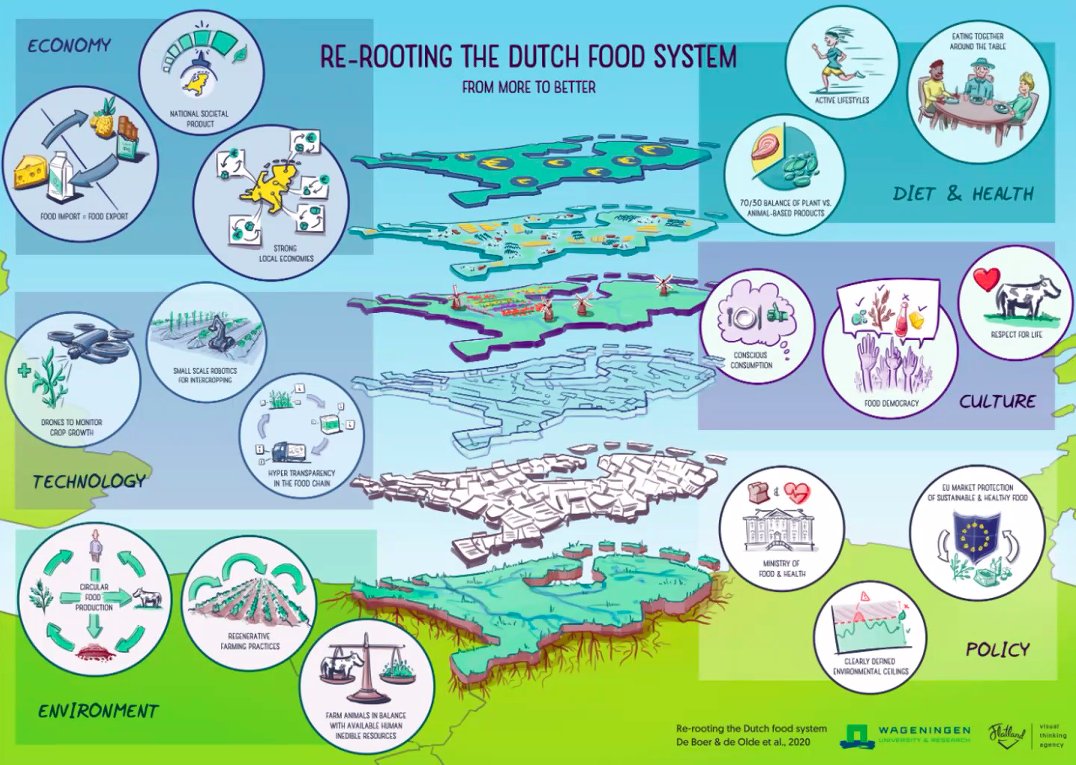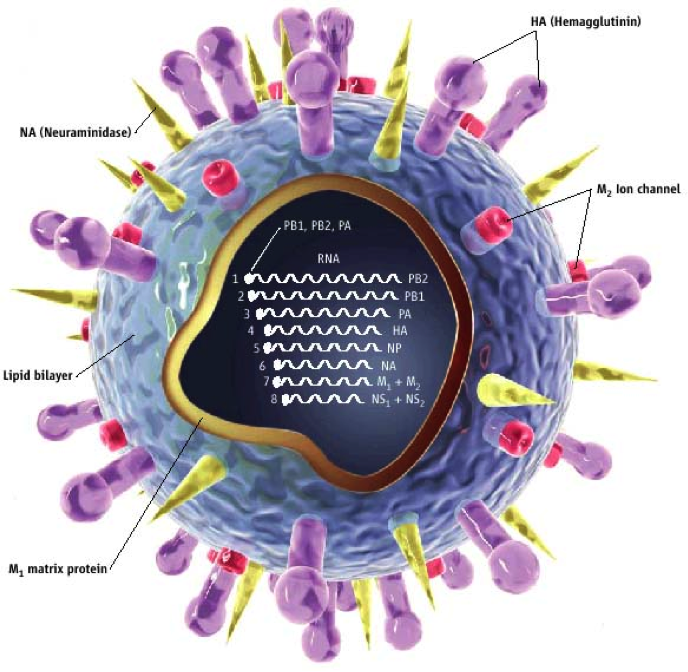
1/17 Highly pathogenic avian #influenza in poultry & wild birds remains a problem, with repeated outbreaks in recent years. Looking at the underlying causes for its emergence & spread, the solutions actually seem pretty obvious. A thread with some (unconventional) policy options. 

2/17 1) Keep poultry in small numbers & at low density. This lowers risk of emergence of high-pathogenic avian influenza virus in poultry, & risk of spread to wild birds & people.
This means a lower supply of poultry meat & eggs, & therefore requires reduction in demand.
This means a lower supply of poultry meat & eggs, & therefore requires reduction in demand.

3/17 2) Don’t establish poultry farms in wild waterbird habitat. This reduces risk of virus spread (both the historically common low-pathogenic variants and the now occurring high-pathogenic H5N8) from wild waterfowl to poultry, and vice versa. 

4/17 3) Don’t establish poultry farms close together. This reduces the risk of virus spread between farms.
4) Vaccinate poultry against avian influenza virus subtypes H5 and H7. This is an extra protection against infection.
4) Vaccinate poultry against avian influenza virus subtypes H5 and H7. This is an extra protection against infection.

5/17 Above solutions fit with the solutions to other, no less important problems: climate change, acidification, eutrophication, freshwater withdrawals, land use change, lung disease in residents living near poultry farms, loss of biodiversity, and reduced animal welfare. 

6/17 Above solutions are also consistent with the vision of the Dutch Ministry of Agriculture, and with the future plans for Dutch agriculture developed by Imke de Boer of @WUR. 



7/17 So why are these policy options not applied? That's because they don't fit with current practice and trends. In the Netherlands and worldwide, we are producing more poultry and consuming more poultry meat and eggs, as the average income per person increases. 

8/17 The number of animals per poultry farm continues to increase due to the financial benefits of scaling up. Some of them are located in wild waterbird habitat. Poultry farms are often close together, again for financial reasons. 

9/17 Poultry in the EU and many other countries is not vaccinated preventitively against avian influenza because poultry (products) could no longer be exported to other countries under current OIE and EU rules.
ec.europa.eu/commission/pre…
ec.europa.eu/commission/pre…
10/17 Within the limitations of the current system, it is therefore hardly possible to solve the problem of highly pathogenic avian influenza. This is evident from the recurring outbreaks of highly pathogenic avian influenza. 

11/17 These policy options ARE possible in the context of so-called "transformative changes" of our society, as recommended by @IPBES: "a fundamental, system-wide reorganization across technological, economic and social factors, including paradigms, goals and values." 

12/17 References (mostly doi)
Risk of emergence of high-pathogenic avian influenza in poultry: 10.3389/fvets.2018.00084
Risk of poultry farms in waterbird habitat: 10.1126/science.aaf8852 (appendix)
Risk of poultry holdings close together: 10.1177/003335490812300309
Risk of emergence of high-pathogenic avian influenza in poultry: 10.3389/fvets.2018.00084
Risk of poultry farms in waterbird habitat: 10.1126/science.aaf8852 (appendix)
Risk of poultry holdings close together: 10.1177/003335490812300309
13/17 References (continued)
Vaccinating against avian influenza: 10.20506/rst.30.3.2081
Livestock farming and climate change: ipcc.ch/srccl/ (Chapter 5)
Livestock farming and acidification, eutrophication, freshwater use: 10.1126/science.aaq0216
Vaccinating against avian influenza: 10.20506/rst.30.3.2081
Livestock farming and climate change: ipcc.ch/srccl/ (Chapter 5)
Livestock farming and acidification, eutrophication, freshwater use: 10.1126/science.aaq0216
14/17 References (continued)
Poultry farming and lung disease in local residents: 10.1371/journal.pone.0223601
Livestock and biodiversity loss: 10.1111/gcb.15219
Livestock and reduced animal welfare: ISBN: 9780199587827
Poultry farming and lung disease in local residents: 10.1371/journal.pone.0223601
Livestock and biodiversity loss: 10.1111/gcb.15219
Livestock and reduced animal welfare: ISBN: 9780199587827
15/17 References (continued)
Vision Dutch Ministry Agriculture, Nature, & Food Quality: government.nl/ministries/min…
Vision Imke de Boer, WUR: challenges.openideo.com/challenge/food…
Growth of poultry farming and consumption of meat and eggs in the Netherlands and worldwide: ourworldindata.org
Vision Dutch Ministry Agriculture, Nature, & Food Quality: government.nl/ministries/min…
Vision Imke de Boer, WUR: challenges.openideo.com/challenge/food…
Growth of poultry farming and consumption of meat and eggs in the Netherlands and worldwide: ourworldindata.org
16/17 References (continued)
Increase in number of animals per poultry farm in the Netherlands: 10.18174/464128
Distribution of poultry farms in the Netherlands: zootecnicainternational.com/focus-on/nethe…
Increase in number of animals per poultry farm in the Netherlands: 10.18174/464128
Distribution of poultry farms in the Netherlands: zootecnicainternational.com/focus-on/nethe…
17/17 References (continued)
IPBES report 'Escaping the era of pandemics': ipbes.net/pandemics-marq…
IPBES global assessment report on biodiversity: ipbes.net/global-assessm…
IPBES report 'Escaping the era of pandemics': ipbes.net/pandemics-marq…
IPBES global assessment report on biodiversity: ipbes.net/global-assessm…
• • •
Missing some Tweet in this thread? You can try to
force a refresh






